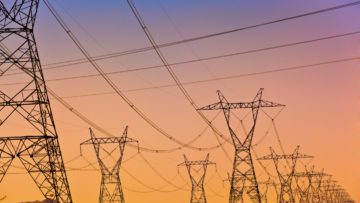 Advait Arun in Phenomenal World’s The Polycrisis:
Advait Arun in Phenomenal World’s The Polycrisis:
In the eyes of the IMF, a G20 panel, and, lately, the US Treasury Secretary, the time has come for multilateral development banks to adapt their development mandates to the logic of derisking. This tactic—lauded as a solution for “mobilizing” the trillions necessary to achieve the green transition—demands that public entities shift private investors’ risks onto their own balance sheets, incentivizing investment to meet the world’s infrastructure needs.
Although development banks have floated serious plans to reorient themselves toward catalyzing private investment since the “billions to trillions” hype in 2016, such efforts never took off. The World Bank’s recently leaked “Evolution Roadmap” is its latest attempt to kickstart derisking at a global scale.
But the roadmap’s emphasis on mobilizing private finance through derisking obscures one proposal that on the surface appears to run the other direction. Securitization allows public entities and development banks to offload their assets to the private sector, thereby transferring risk away from themselves and freeing up their balance sheets for more immediate lending. To be sure, securitization still fits snugly within economist Daniela Gabor’s Wall Street Consensus, in which governments meet development goals by turning public services into investment opportunities for private finance. But while derisking calls for the public sector to shoulder additional risks, securitization calls for shrugging them off.
How would securitizing the World Bank’s portfolio work, and how does this tactic relate to the larger derisking turn in development finance? Is securitization a preferred alternative to derisking, or does it align with its broader logic?
More here.
